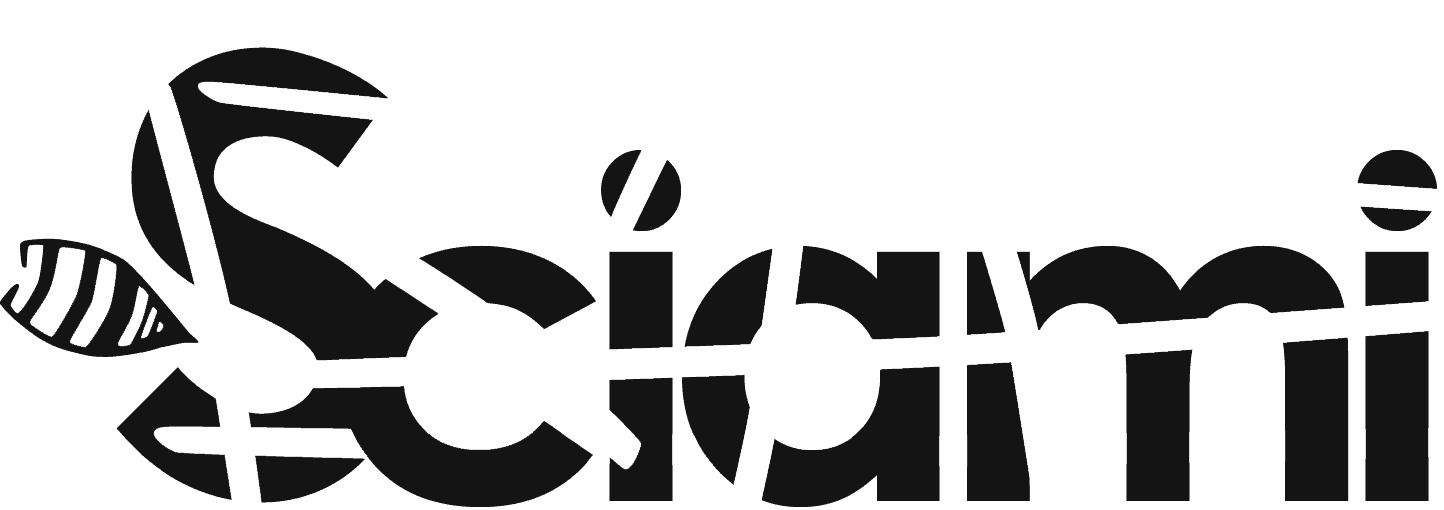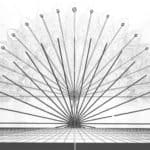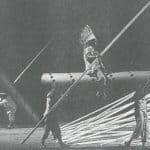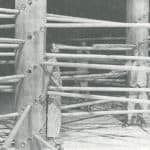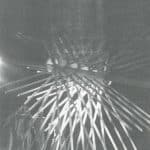Améba, 1986.
Written and directed by Claudio Remondi and Riccardo Caporossi
With Claudio Remondi, Riccardo Caporossi, Piero Cegalin, Lillo Monachesi
Light Antonio Longo
Chief electrician Americo Varese
Electrical equipment Art Sound
Company organization Carla Ortelli
Set photographer Cesare Accetta
Coproduction Ente Teatro romano di Fiesole
Information center Drammaturgia Club Teatro
The Amèba object was conceived and designed by Claudio Raimondi and Riccardo Caporossi
Realized by Sarplast and Scenotecnica
First performance Roman Theater of Fiesole September 1986
Améba: the looming object
by Sabrina Galasso
In September 1986, after a series of vicissitudes, Remondi and Caporossi created the piece Améba. For the original project, which was supposed to be staged as part of Florence Capital of Culture’s ‘Estate Fiesolana’ Festival in 1986, the authors had penned a “dynamic machine”. This was a shape-shifting contraption designed to travel through streets and squares: it could walk on water and it was capable of interacting with other festival events. The idea of the “dynamic machine” was that of an itinerant scenography capable of establishing a real physical contact with the city. Because of its inherent capacity for metamorphosis, the authors had identified the machine with the idea of the amoeba, as unicellular organism always on the verge of a form yet always in flux. Given the organisational impossibility of staging the piece as part of the Fiesole Festival, the two had been given the opportunity to work on the project as part of a workshop at Fiesole’s International Centre For Dramaturgy, directed by Siro Ferrone. Here the traits of the work changed, and a new central theme emerged: the antagonism between two twin machines. As the machine’s capacity for movement became secondary, what took centre stage was an idea of battle or struggle; the original idea of the amoeba, in turn, remained in a split, doubled form. Four men, placed facing each other in groups of two, begin a race whose objective is to ram forty poles, lifted from a large wheel-like structure placed centre-stage, into two perforated trunks. This process leads to the creation of two twin structures, ‘the Amoebas’, who the men go on to set in motion closening one amoeba to the other, making them mate. The union of the two structures and their subsequent separation precedes a struggle between two of the men, ‘the Predestined’, whose battle ends in the sacrifice of both characters and in the destruction of the amoebas. What happens next is a sort of variation on the opening scene: the remaining men pick up the scattered sticks left after the destruction and rebuild the amoebas, but this time they are intertwined – and at their centre, the bodies of the two Predestined men are placed.
Documents are published in original language. In case the translation is present, both the original and the translation are published.
Claudio Remondi and Riccardo Caporossi Ameba, with drawings by Riccardo Caporossi, Centro Internazionale di Drammaturgia, Fiesole, 1986.
Lia Lapini, Slittamenti progressivi dell' «Ameba», «Paese Sera», September 15, 1986
Paolo Petroni, Il cavaliere e lo scudiero ex-machina, «Corriere della Sera», December 2, 1986
Franco Quadri, Ameba, «Panorama», December 21, 1986
Nicola Fano, Don Chisciotte contro un'ameba, «l'Unità», September 14, 1986
